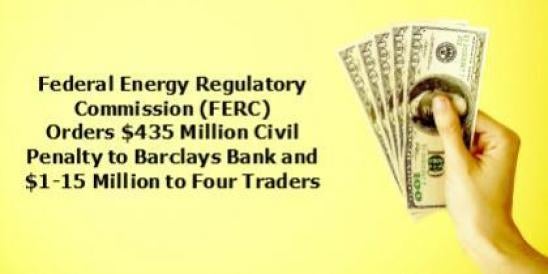Every contractor has done it — signed a lien waiver prior to receiving payment — fully expecting to be paid. You have always been paid and it has never been an issue. But is it a safe practice?
To understand the risk of this common practice, it is first necessary to understand what a lien waiver is and what it does. Owners oftentimes require contractors, subcontractors and other lower-tier contractors to submit lien waivers to ensure that unexpected mechanics liens don’t pop up on projects. There are typically two types of lien waivers: waiver-to-date and final waiver. The waiver-to-date is frequently submitted for a progress payment and waives lien rights up to the date of the lien waiver. The final waiver is submitted upon receipt of final payment and waives all lien rights on the project.
The lien waiver is an affirmation by the contractor to the owner that it has received a payment and will not record a lien against the property for that work. When a contractor signs a standard lien waiver and submits it to the owner, the contractor has waived any and all lien rights it may have had to any work it has performed on the project to date, regardless of whether the contractor has actually received payment. The purpose of the lien waiver for the owner is clear: to ensure that all contractors are paid and accounted for so as to reduce the risk of mechanics liens on the property. But because owners and title companies often require the lien waivers be submitted prior to releasing payment, the above scenario has become all too familiar in the construction industry.
In order for a lien waiver to be a valid waiver of a contractor’s lien rights, the owner must be able to justifiably rely on the statement. And an owner has every right to rely on the veracity of verified lien waivers. It is only when that reliance is not justifiable that they become unenforceable. For example, if an owner were to require a lien waiver from a prime contractor, receive the lien waiver, and then withhold payment, could it rely on that waiver? Of course not — the owner knows the prime contractor was not paid. However, when a lower-tier subcontractor verifies that it has been paid, an owner may be entitled to rely on that statement, whether payment has been received or not.
The safest way to protect one’s lien rights is to make a simultaneous exchange of lien waiver for payment. But we all know that in the construction industry it just doesn’t work that way. The owner or the escrow agent requires lien waivers from subcontractors and suppliers prior to each payout. So, in order to get paid, those downstream contractors need to submit the lien waivers and trust that upstream contractors will pass the payment along. In this day and age, trust is hard to come by and may not be a contractor’s best practice. So how can a contractor protect its lien rights without delaying payment?
Conditional Waivers
Owners and escrow agents may not like them, but downstream contractors need to protect themselves. A conditional lien waiver clarifies that the waiver does not become effective until payment is actually received. The waiver is conditioned upon receipt of payment.
A conditional lien waiver effectively puts the owner on notice that the contractor has not actually been paid. The owner cannot rely upon the lien waiver to the same extent it does an unconditional lien waiver.
Make Sure the Dates Match
As previously discussed, a typical lien waiver waives any and all lien rights a contractor may have had to any work it has performed on the project to date. So it is essential that the contractor ensures the date on the lien waiver matches the date of work to be paid. If not, the contractor risks waiving lien rights to work for which it is not yet seeking payment.
For example, a payment request may only seek payment of work performed through January. But if the date on the lien waiver is February 15, the contractor will actually waive its lien rights for work performed through February 15.
Be careful. Make sure that the date on the lien waiver matches the date of work for which you are seeking payment.
Exclude Retainage
Retainage creates a tricky issue, because the lien waiver is supposed to waive lien rights to all work performed up to the effective date. If an owner is withholding retainage, contractors risk waiving their lien rights if they submit unconditional lien waivers.
In order to preserve lien rights to retainage, a contractor can either list the precise dollar amount of the work for which it is being paid and waiving its lien, or specifically exclude retainage from the lien waiver with a notation to that effect.
The most important thing when dealing with lien waivers is to understand the effect of the document you are signing. If you have done your best to understand the document and follow these steps, that one time that payment does not make it downstream, you will have retained the added protection of lien rights in the property.



 i
i

